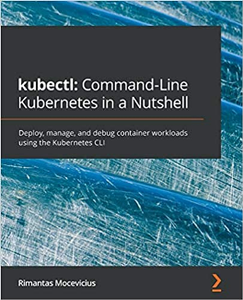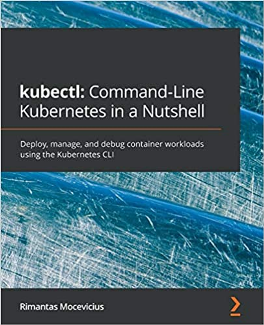kubectl: Command-Line Kubernetes in a Nutshell (Code Files)
By Rimantas Mocevicius
English | 2020 | ISBN: 1800561873 | - | Code Files (zip) | 20 КБ
By Rimantas Mocevicius
English | 2020 | ISBN: 1800561873 | - | Code Files (zip) | 20 КБ
The kubectl command line tool lets you control Kubernetes clusters to manage nodes in the cluster and perform all types of Kubernetes operations. This introductory guide will get you up to speed with kubectl in no time.
The book is divided into four parts, touching base on the installation and providing a general overview of kubectl in the first part. The second part introduces you to managing Kubernetes clusters and working with nodes. In the third part, you'll be taken through the different ways in which you can manage Kubernetes applications, covering how to create, update, delete, view, and debug applications. The last part of the book focuses on various Kubernetes plugins and commands. You'll get to grips with using Kustomize and discover Helm, a Kubernetes package manager. In addition to this, you'll explore how you can use equivalent Docker commands in kubectl.
By the end of this book, you'll have learned how to install and update an application on Kubernetes, view its logs, and inspect clusters effectively.
What you will learn
Get to grips with the basic kubectl commands
Delve into different cluster nodes and their resource usages
Understand the most essential features of kubectl
Discover how to patch Kubernetes deployments with Kustomize
Find out ways to develop and extend kubectl tools with their own plugins
Explore how to use Helm as an advanced tool for deploying apps
Who this book is for
This book is for developers, system administrators, and anyone who wants to use the kubectl command-line tool to perform Kubernetes functionalities. A basic understanding of Kubernetes and Docker is required to get started with this book.
If you want to support my blog, then you can buy a premium account through any of my files (i.e. on the download page of my book). In this case, I get a percent of sale and can continue to delight you with new books!



